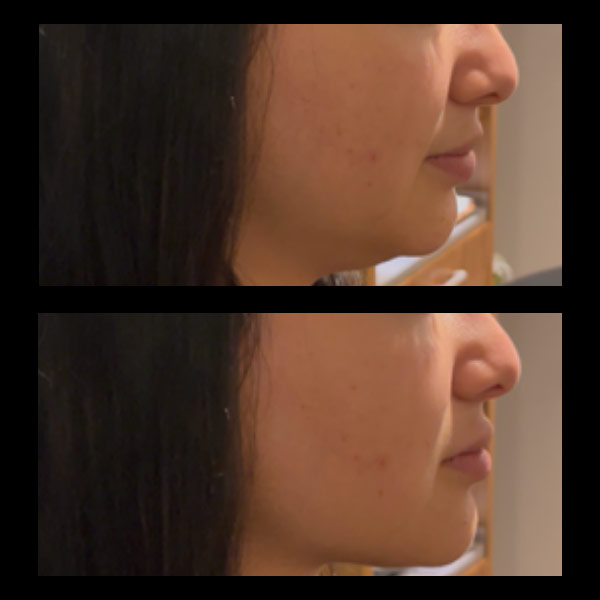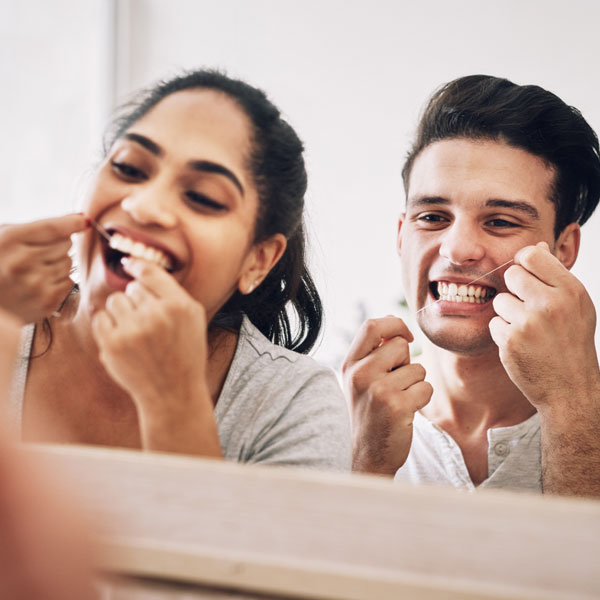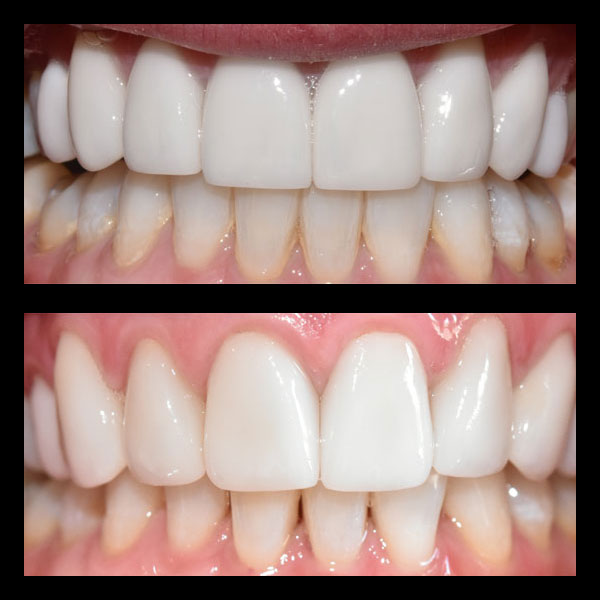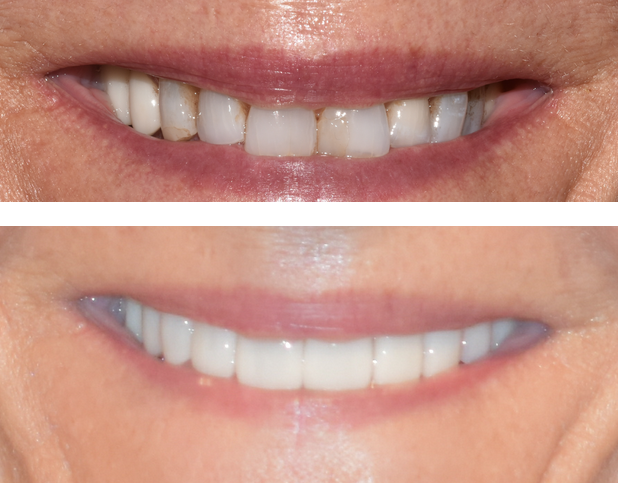A radiant smile can transform your confidence and appearance. As many individuals in Boulder seek to enhance their smiles effectively and safely, understanding the methods and practices involved in teeth whitening is crucial. This article explores various teeth whitening options, both at home and in clinics, highlighting safe practices for achieving that dream smile.
Understanding Teeth Whitening: The Basics
Teeth whitening is a cosmetic dental procedure aimed at lightening the natural color of teeth by removing stains and discoloration. It is an essential aspect of dental aesthetics for many, as it enhances one’s appearance and boosts self-esteem. A bright smile is often associated with youthfulness and good health, making teeth whitening a popular choice among those seeking cosmetic enhancements.
Teeth can be affected by two primary types of stains:
| Type of Stain | Description | Typical Treatments |
|---|---|---|
| Extrinsic Stains | Caused by external factors such as food, beverages, and smoking, these stains occur on the tooth surface and are more responsive to whitening treatments. | Professional whitening or over-the-counter products |
| Intrinsic Stains | These result from internal factors like medication use or trauma, affecting the inner structure of the tooth and usually require more advanced treatment. | In-office procedures or specialized treatment |
Common chemicals found in whitening products include hydrogen peroxide and carbamide peroxide. These agents work by breaking down stains on the teeth but require careful handling to avoid tooth sensitivity or gum irritation. For optimal and safe results, it is advised to consult with dental professionals who can offer personalized advice tailored to your specific needs and dental health.
Safe Teeth Whitening Practices at Home
Home whitening kits such as strips, gels, and trays have become increasingly popular due to their convenience and lower cost compared to professional treatments. These products often contain lower concentrations of bleaching agents, making them safer for regular use. However, effectiveness can vary significantly, with some users experiencing only minor improvements.
Several people turn to DIY natural remedies as potential whitening solutions. Popular natural methods include:
- Baking soda
- Hydrogen peroxide rinses
- Oil pulling with coconut oil
- Fruit peels such as those from bananas or oranges
While some of these methods might offer slight benefits, others lack scientific support and could pose risks if used excessively. Understanding these risks is crucial, especially when considering over-the-counter products not vetted by dental professionals. Post-whitening sensitivity is a common issue that can be managed by using desensitizing toothpaste, avoiding extremely hot or cold food and drink, and following the guidelines provided for the whitening product.
Professional Teeth Whitening: What to Expect
In-office whitening treatments provide a more controlled and powerful whitening experience compared to DIY methods. These procedures usually involve higher concentrations of bleaching agents, administered by dental professionals who ensure safety through protective measures such as barriers to protect gums and neutralizers to minimize sensitivity.
Some of the advantages of professional whitening treatments are the speed and precision in achieving significantly whiter teeth often in just one visit, compared to weeks with home treatments. The clinics follow stringent safety protocols, beginning with an assessment to determine suitability for the procedure, continuing with careful application of the bleaching agents, and concluding with post-treatment care advice.
Professional treatments can be more costly than home kits, yet many find the investment worthwhile for the more immediate and dramatic results. It’s important to weigh the potential benefits against the financial cost, considering factors like the safety and effectiveness of the procedure.
Choosing the Right Whitening Method for You
When deciding on a teeth whitening method, several factors must be considered, including the current condition of your teeth, your budget, and the results you hope to achieve. For instance, heavily stained teeth might require more intensive treatment compared to mild discoloration.
In Boulder, clinics like Incredible Smiles offer personalized treatment plans. These plans take into account individual patient needs and aesthetic goals, ensuring a tailored approach that respects both dental health and desired cosmetic outcomes.
- Quick and noticeable results were experienced by most patients.
- Professional and comfortable treatment environment.
- Prolonged brightness when following post-care recommendations.
- Customizable treatment plans for different levels of staining.
Maintaining a whiter smile over time requires commitment to oral hygiene, including regular brushing and flossing, reducing consumption of staining foods and drinks, and periodic touch-ups as recommended by dental professionals. By choosing the right method and maintaining ongoing care, you can achieve a smile that is both beautiful and healthy.
Select a whitening method that aligns with your personal preferences and needs. Whether you prefer the convenience of home kits or the efficiency of professional procedures, you can strike a balance between effectiveness and care for long-lasting results.
Frequently Asked Questions
What are the common types of stains affecting teeth?
Teeth can be affected by extrinsic stains, caused by external factors such as food, beverages, and smoking, and intrinsic stains, resulting from internal factors like medication use or trauma.
What chemicals are typically found in teeth whitening products?
Common chemicals in teeth whitening products include hydrogen peroxide and carbamide peroxide, which work by breaking down stains on the teeth.
Are there any risks associated with home teeth whitening products?
Yes, home whitening products can cause tooth sensitivity or gum irritation if not used carefully. It’s important to follow guidelines and consider consulting a dental professional for personalized advice.
What are some popular DIY natural teeth whitening remedies?
Popular DIY natural remedies include using baking soda, hydrogen peroxide rinses, oil pulling with coconut oil, and fruit peels like those from bananas or oranges. However, some of these lack scientific support and could pose risks if overused.
What are the advantages of professional teeth whitening over home methods?
Professional teeth whitening offers faster and more precise results, with procedures usually providing significantly whiter teeth in just one visit. They feature higher concentrations of bleaching agents safely administered by dental professionals.
How can one maintain a whiter smile after teeth whitening treatment?
Maintaining a whiter smile involves regular oral hygiene such as brushing and flossing, reducing intake of staining foods and drinks, and following post-treatment care recommendations from dental professionals.
What should be considered when choosing a teeth whitening method?
Factors to consider include the condition of your teeth, your budget, and the results you hope to achieve. Heavily stained teeth might require more intensive treatment compared to mild discoloration.








